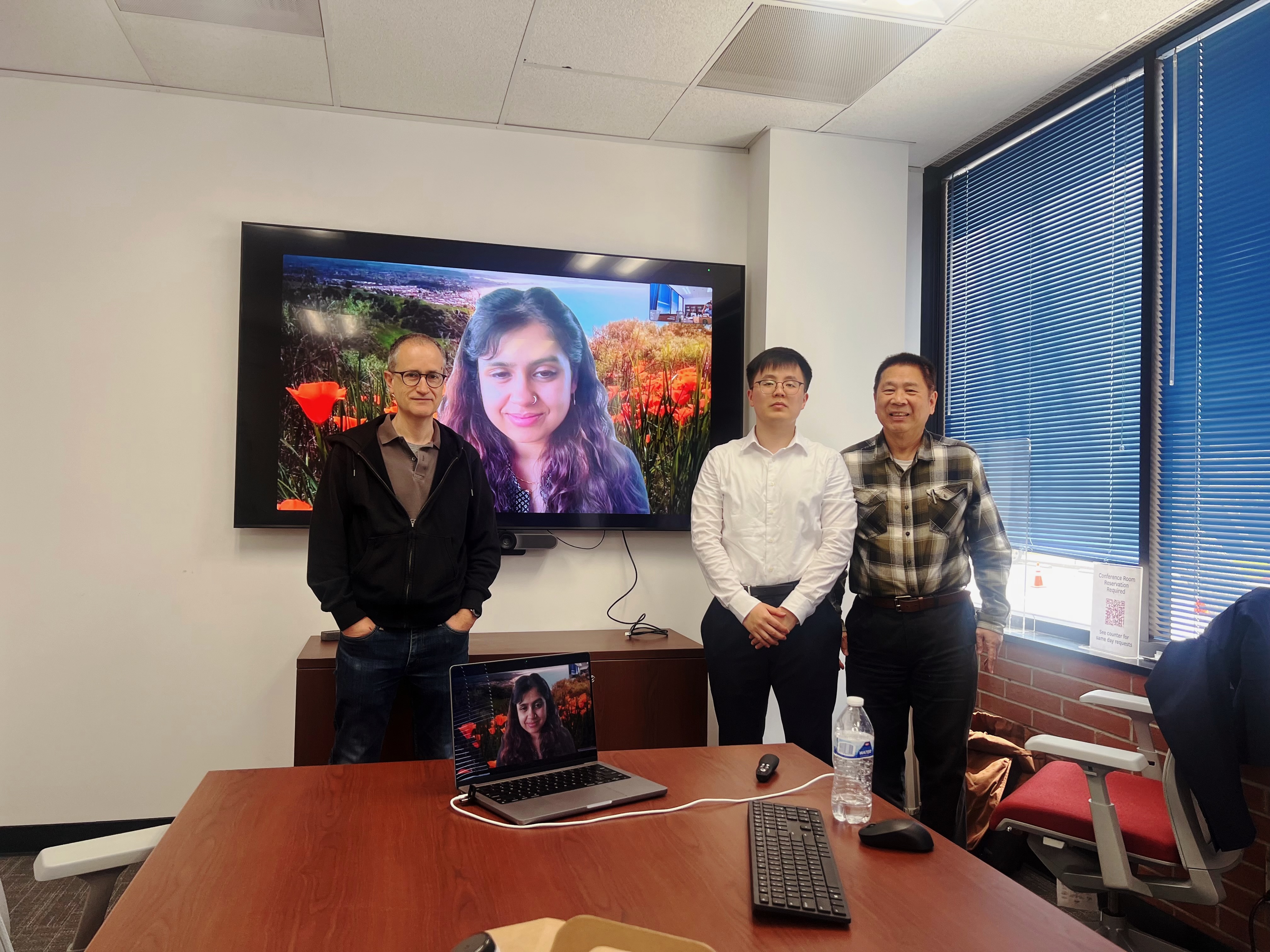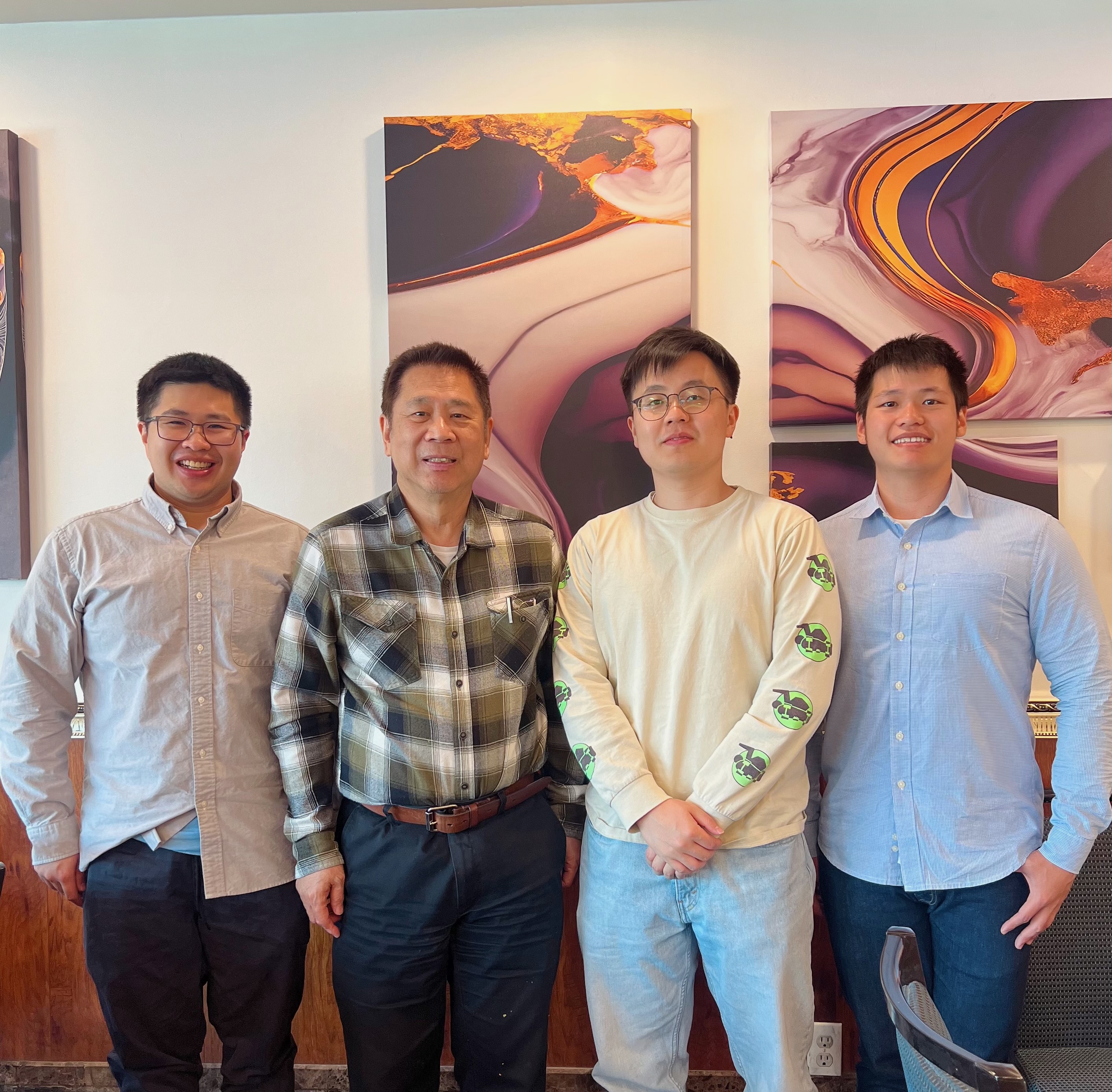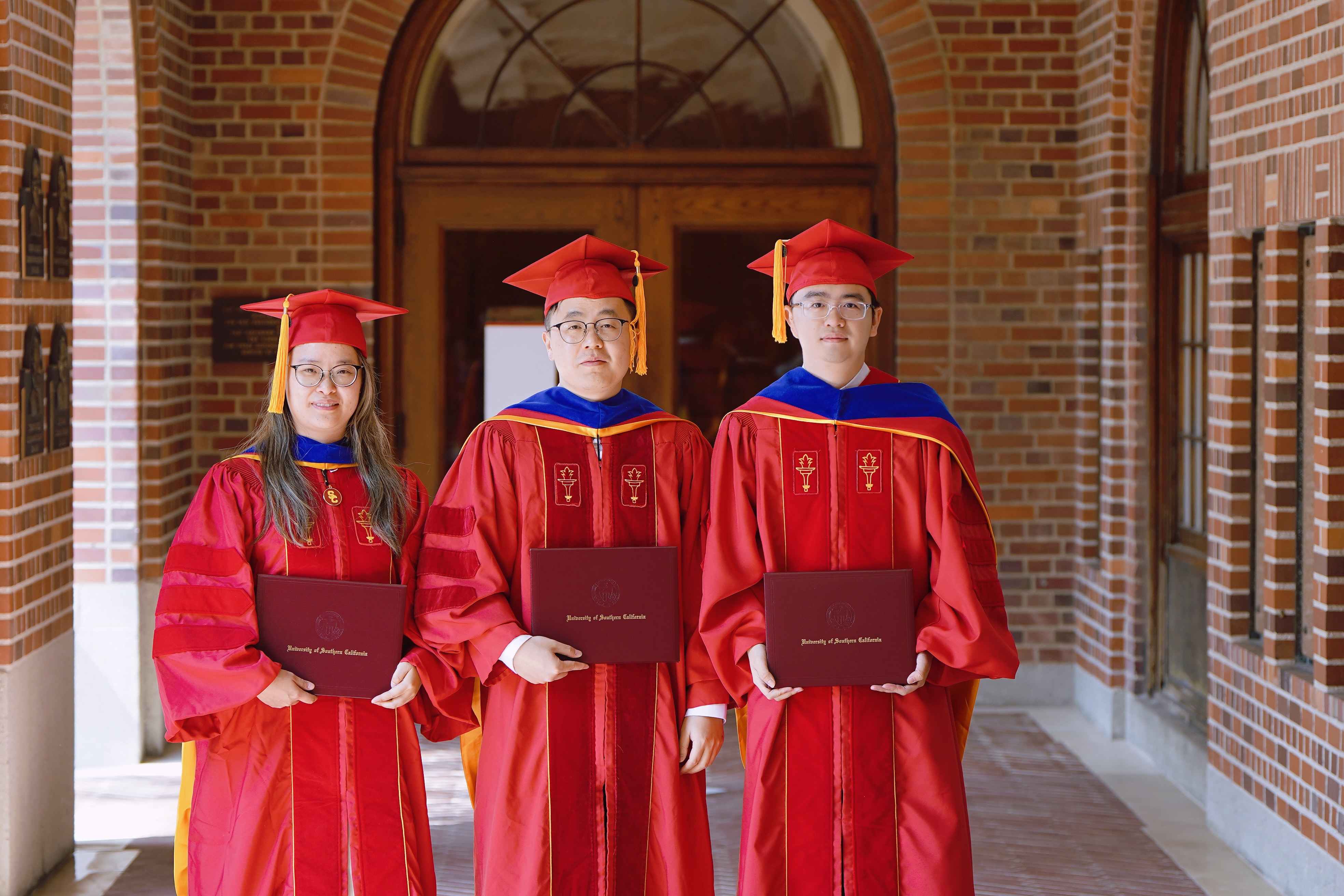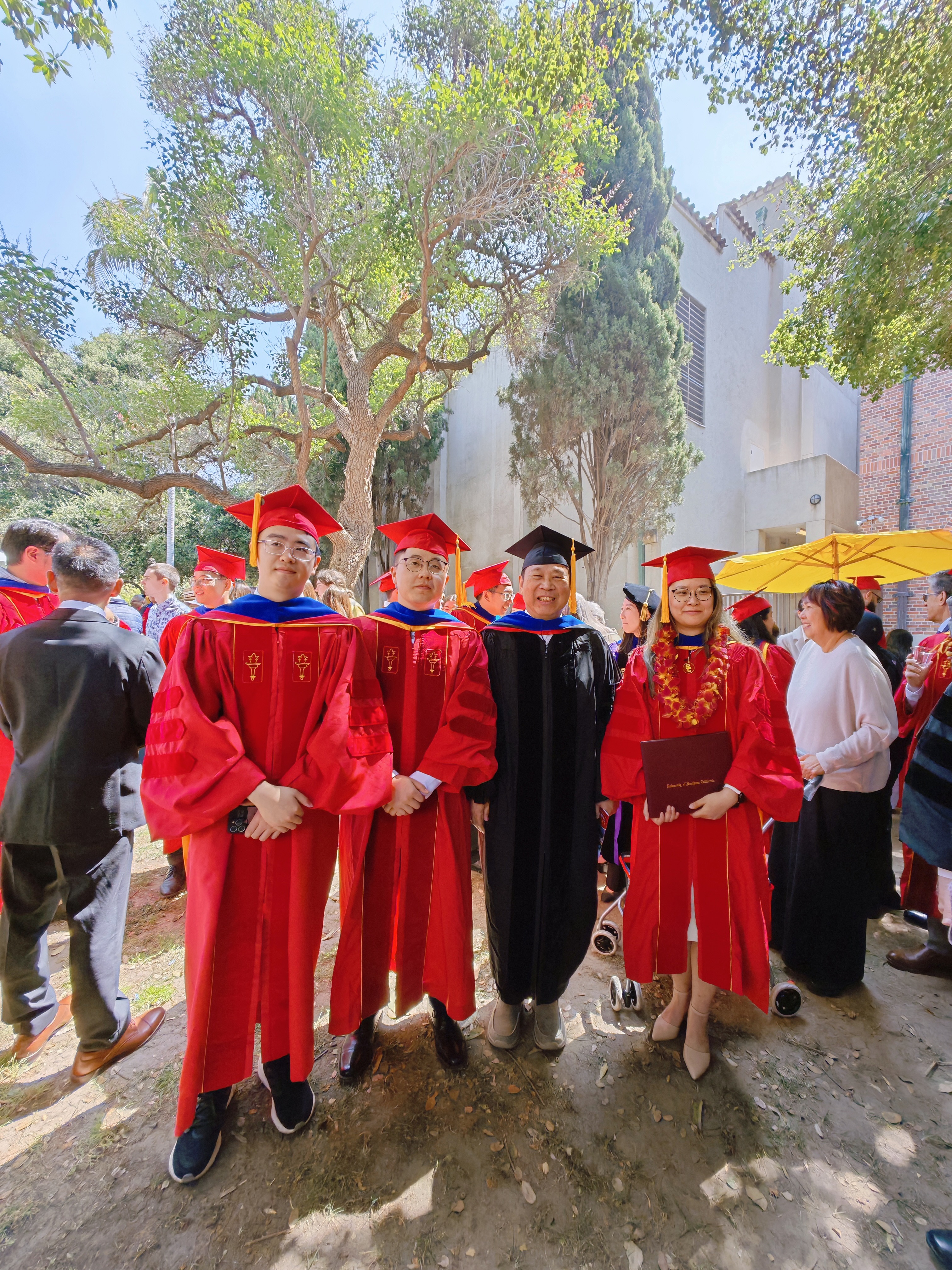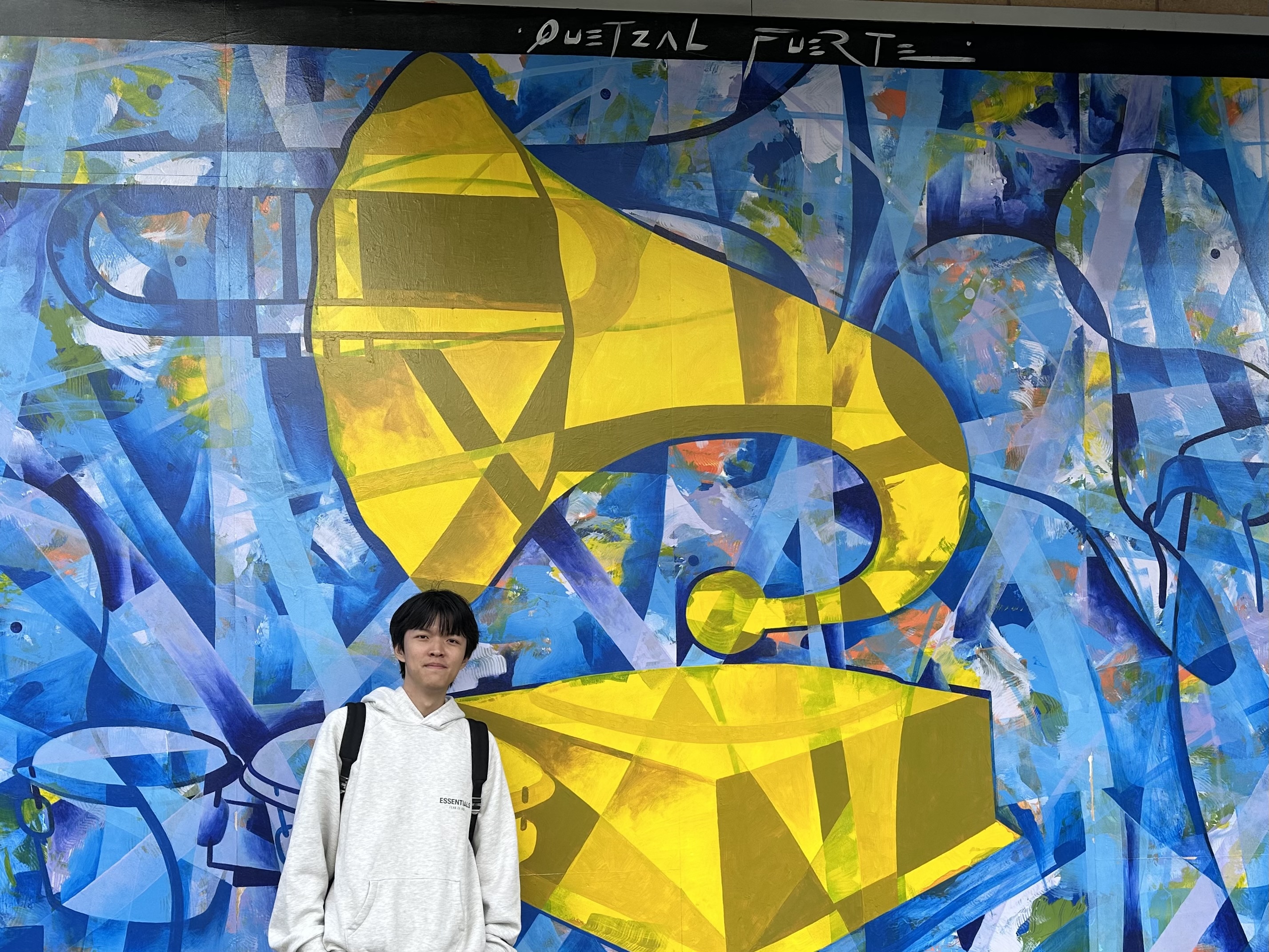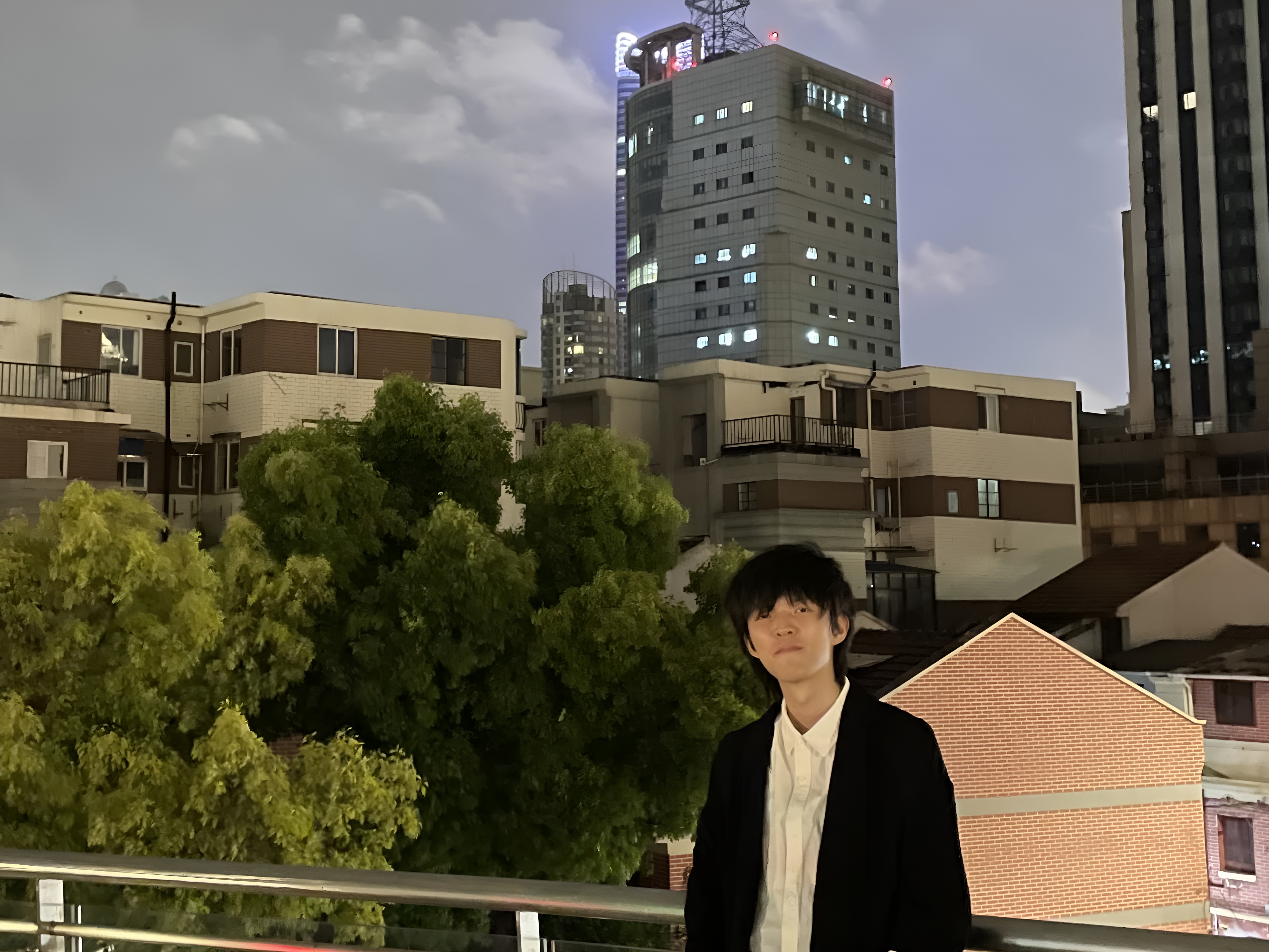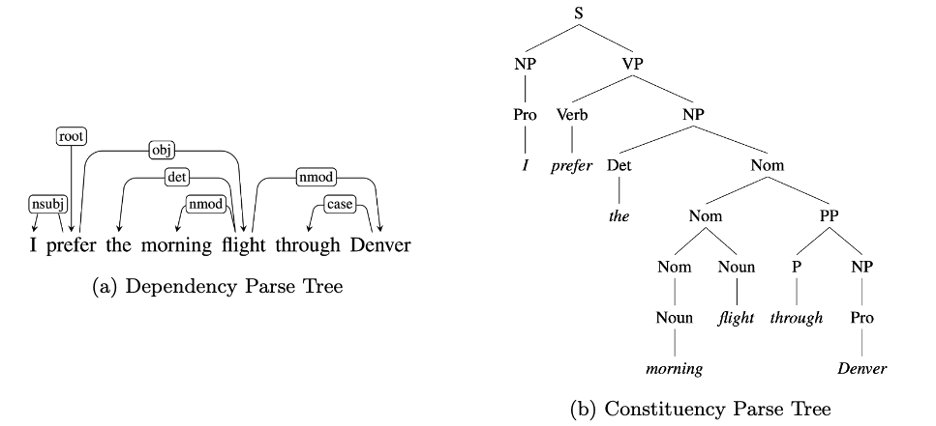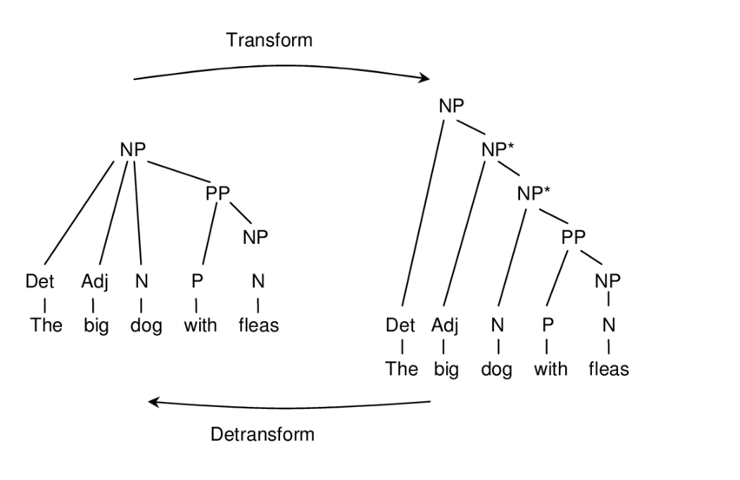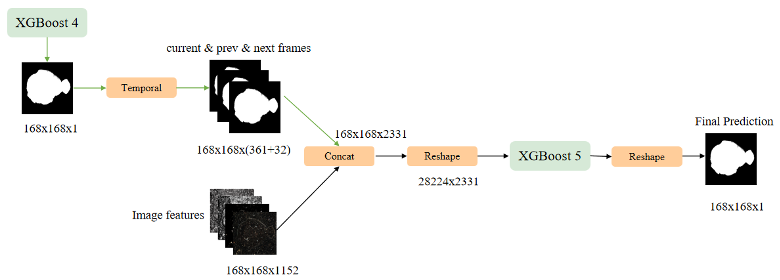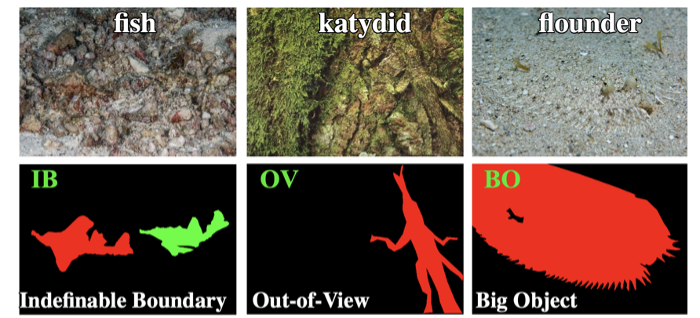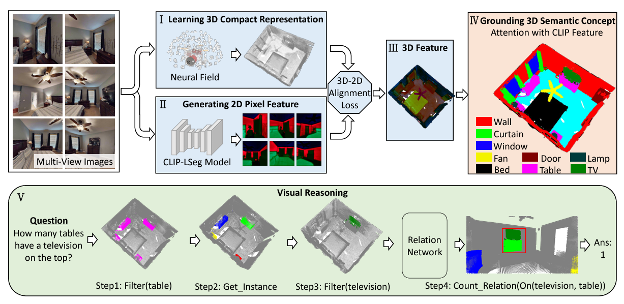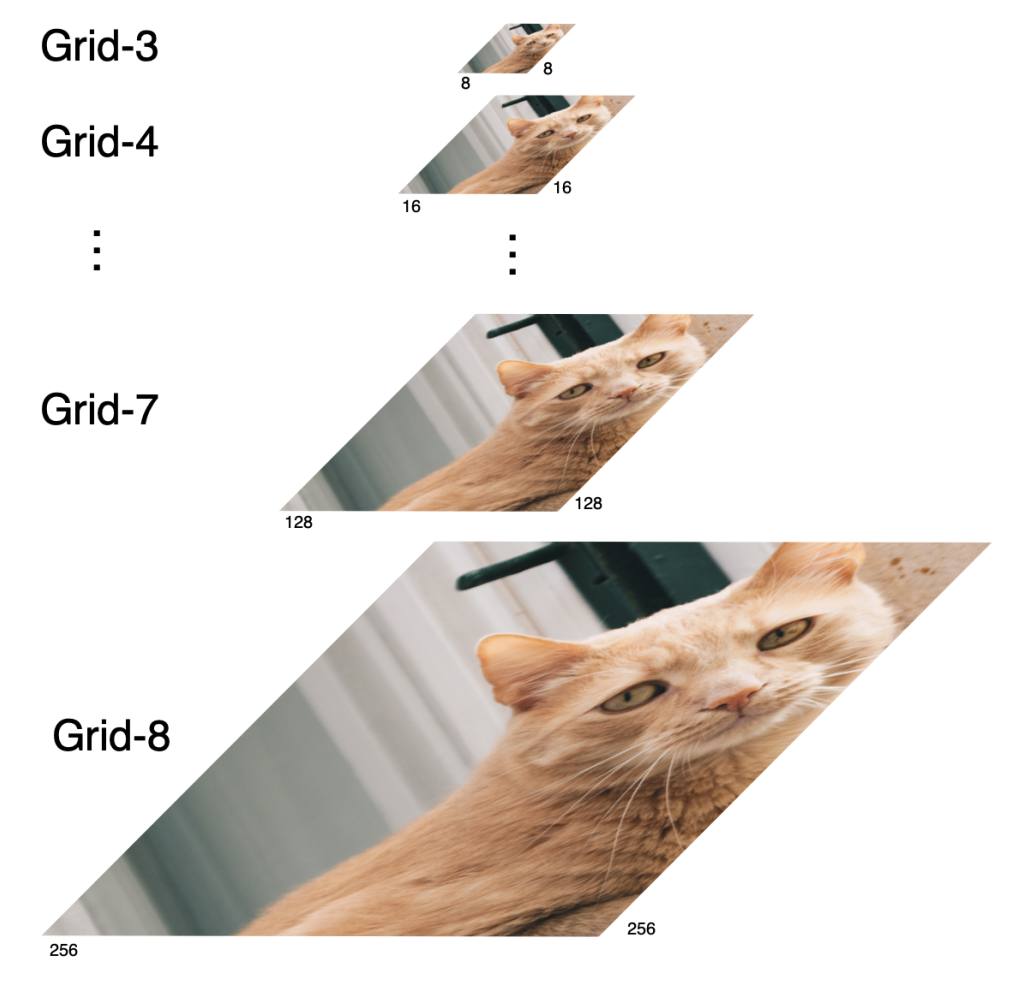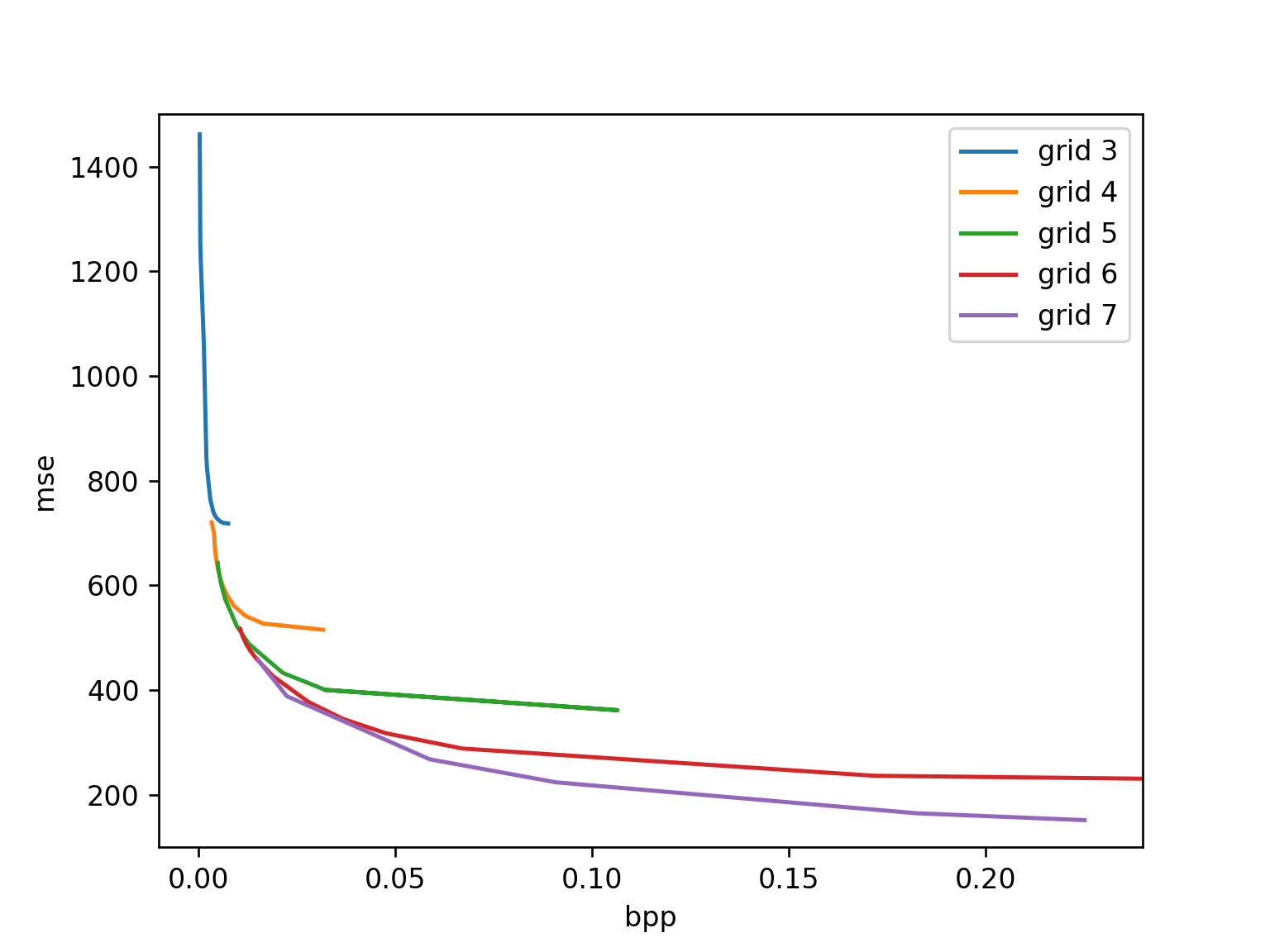MCL Research on Point Cloud Surface Reconstruction
Surface reconstruction from point cloud scans plays a pivotal role in 3D vision and graphics, with diverse applications in areas such as AR/VR games, heritage preservation, and indoor/outdoor scene reconstruction. This task is inherently challenging due to the ill-posed nature of reconstructing continuous surfaces from discrete points. Furthermore, real-world point cloud scans introduce several obstacles, such as varying densities, sensor noise, and missing parts. These properties make the problem a long-standing one, continually driving researchers to seek more effective solutions.
Early research focused on constructing watertight objects using combinatorial methods [1][2], which inferred the connectivity between points directly. The mainstream of surface reconstruction adopts an implicit surface approach [3][4], where the surface is represented as an unknown continuous function solved by associated partial differential equations (PDEs). Although these methods offer good quality, they are constrained to predicting watertight objects and cannot handle highly distorted LiDAR scenes. Recently, indoor/outdoor scene reconstruction has gained more attention, with deep learning (DL) models [5] demonstrating success in solving this problem based on a supervised learning framework.
Despite their high reconstruction quality, DL models face challenges in generalizability and complexity. In scenarios such as point cloud compression, quality assessment, and dynamic point cloud processing, there is a growing need for low-complexity, low-latency surface reconstruction methods. However, existing DL-based methods often sacrifice simplicity for high reconstruction quality, leaving a gap for low-complexity solutions. We aim to develop an unsupervised few-shot learning method to achieve reconstruction for scenes with low complexity.
Building on our previous unsupervised framework (GPSR), we propose an enhanced version to handle non-watertight indoor/outdoor scenes, named Green Point Cloud Surface Reconstruction++ (GPSR++). The main idea involves building an unsigned distance field (UDF) through approximated heat diffusion and optimizing the surface using [...]



